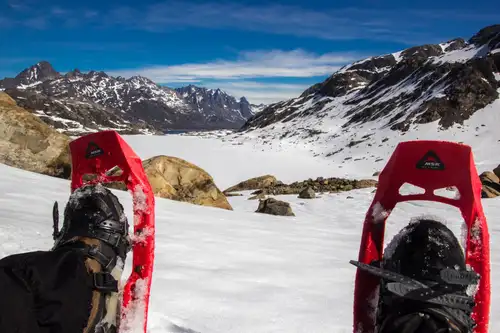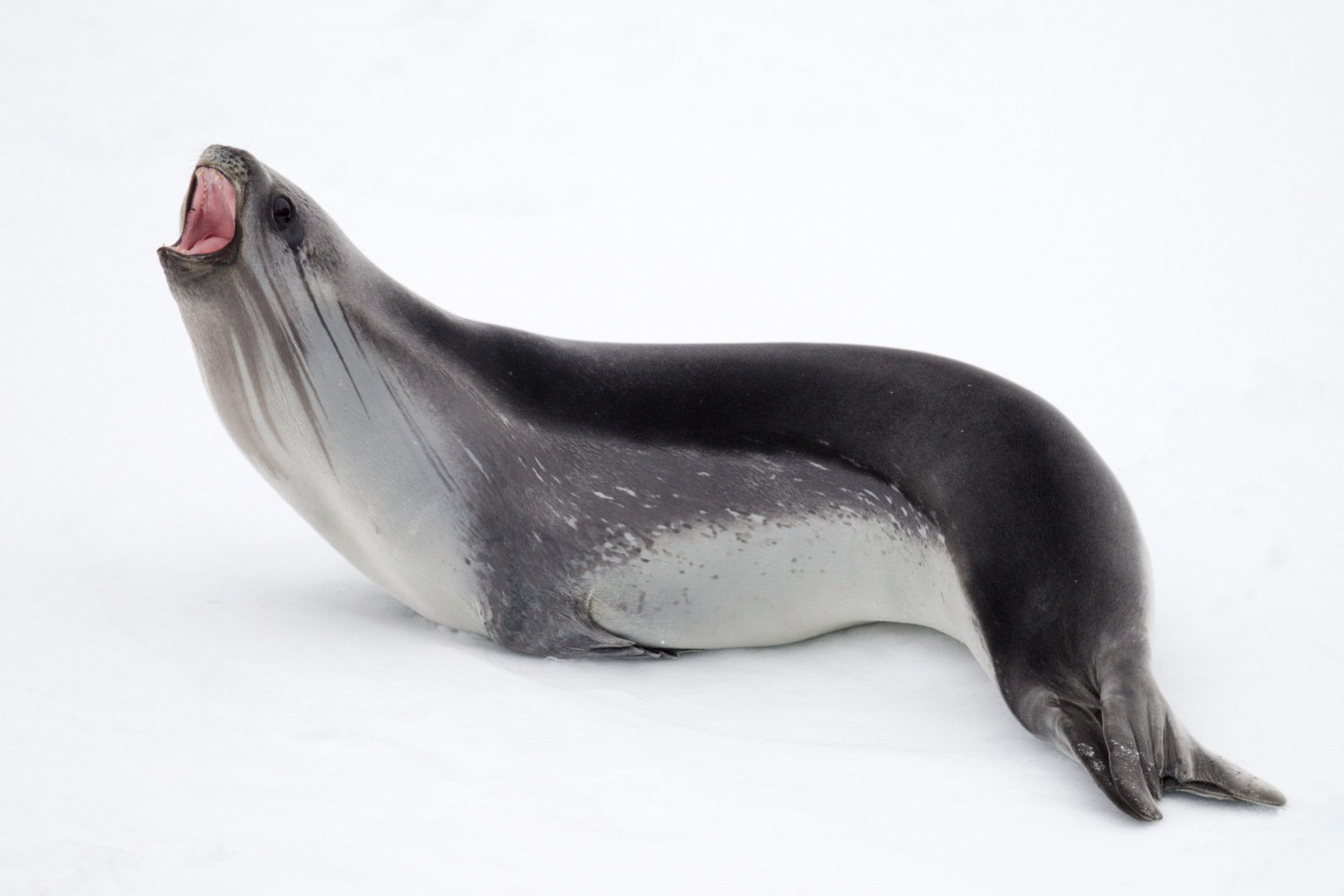1. Weddell seals – These seals are known for their calm demeanor and spend most of their lives beneath the Antarctic ice. Although they need to come up for air, they can remain underwater for up to 45 minutes. Weddell seals can dive to depths of 610 meters (2,000 feet) in search of food. These vocal animals usually have one pup annually and can grow up to 3 meters (10 feet) and weigh 544 kg (1,200 lbs).
2. Ross seals – Found in the remote regions of Antarctica, Ross seals have unique features such as large eye sockets, a blunt snout, and very short fur. They cannot stand upright, making them slow movers on land. Female Ross seals are larger than males, and both are known for their frequent singing.
3. Leopard seals – Named for their black-spotted coats, leopard seals share a predatory nature with their feline namesakes. They primarily feed on penguins and krill. These earless seals have large heads and can grow up to 3.5 meters (11.5 feet) and weigh 380 kg (840 lbs).
4. Crabeater seals – Despite their name, crabeater seals mainly consume krill. Like Weddell seals, female crabeater seals typically give birth to one pup per year. They can live up to 40 years and often weigh around 227 kg (500 lbs).
Getting to know the seals of the Arctic
1. Harp seal – Harp seal pups are easily identifiable by their white coats and black eyes. These seals spend most of their time in the water and can stay submerged for up to 15 minutes. Female harp seals have communal birthing areas. Humans are their main predators, targeting the pups for their fur. Adult harp seals can reach 180 kg (400 lbs) and 1.9 meters (6.25 feet) and have a lifespan of about 20 years. Harp seals often gather in large groups.
2. Hooded seal – Hooded seals can live up to 35 years and are known for their silver-gray coats and black heads. They are more aggressive than most other seal species. There are an estimated 592,100 hooded seals alive today. Adult males can weigh 300 kg (660 lbs) and measure 2.5 meters (8 feet) long.
3. Ribbon seal – Ribbon seals are unique for having an internal air sack, the purpose of which remains unknown. Their distinctive ribbon pattern, featuring two colors, becomes fully visible at age four. Unlike other seals, ribbon seals alternate their fore flippers to move, giving them incredible short-distance speed. They inhabit the North Pacific.
4. Spotted seal – Spotted seals are recognizable by their light gray to silver fur covered in dark spots. Adults can grow up to 1.5 meters (5 feet) and weigh up to 115 kg (250 lbs). They feed on small crustaceans and fish and can dive 300 meters (1,000 feet) in search of food. Spotted seals are found in the North Pacific.
5. Bearded seal – Named for their prominent white whiskers, bearded seals have gray or dark brown coats. These solitary animals are known for their singing, with male songs audible up to 19 km (12 miles) away. Female bearded seals typically have one pup per year after reaching sexual maturity at age five.
6. Ringed seal – The most common seal species in the Arctic, ringed seals are often seen on expeditions to the area. Their solitary nature and ability to stay underwater for long periods make them elusive. They are the smallest seal species, with light circular patterns on their dark gray backs.
7. Harbor seal – Although not typically considered a high Arctic species, harbor seals can be found as far north as the NW of Svalbard at 79°N and along much of the southern Greenland coast. They are small seals, measuring 1.7 – 1.9 meters in length and weighing up to 150 kg (330 lbs). Harbor seals have varied color patterns within brown and gray tones and are generalist feeders, consuming fish, crustaceans, and cephalopods.
Seal watching
Our cruises offer a fantastic opportunity for seal watching. In some regions, more sociable seal species gather in large numbers, making them easy to spot from the boat. However, since most seals can stay submerged for at least 15 minutes, they can quickly hide if startled by loud noises.
During the breeding season, seals seek out isolated areas to protect their pups. While it is common to see numerous seals on our voyages, be prepared to take photos quickly to capture these moments.
Blog


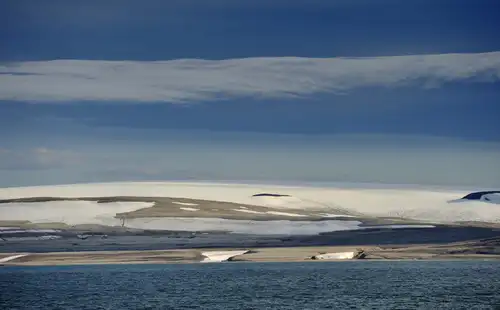
Six Must-See Svalbard Sites
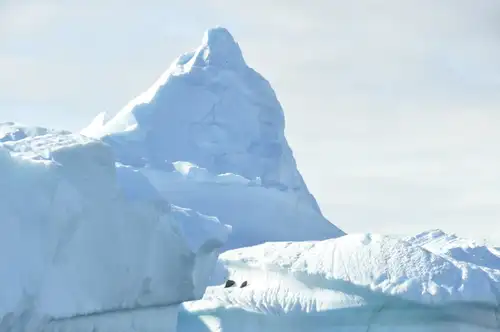
Life migrating through the Polar Front

The Impact of Small vs. Large Cruise Ships

9 Facts about the Greenland Shark
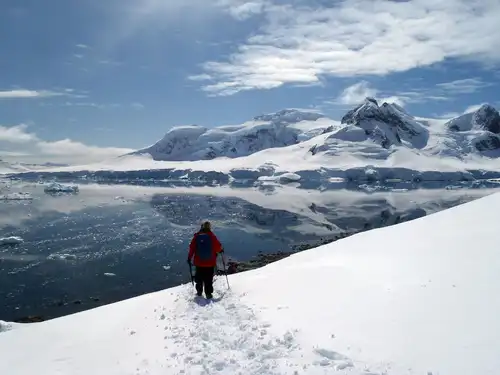
Explore Antarctica Without Leaving Your Couch

The First Overwintering Hut in Antarctica
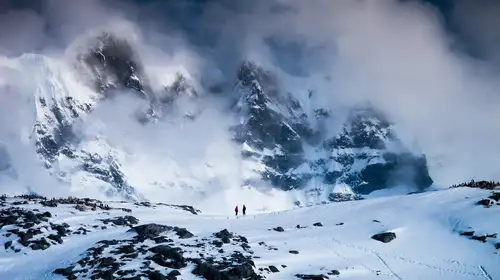
Eight Antarctic Misconceptions
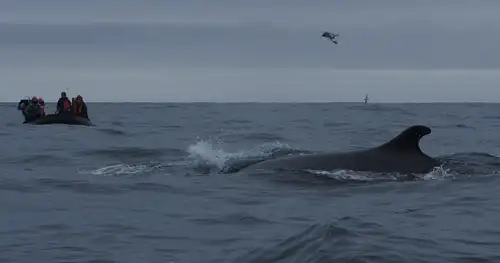
Of Treacherous Rocks & Audacious Fin Whales
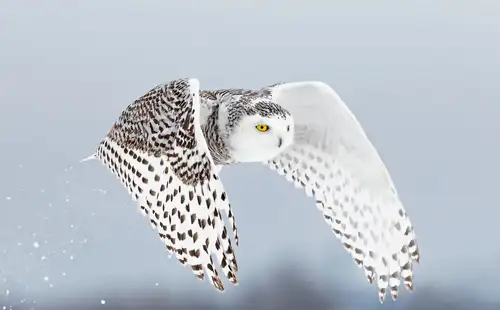
Secrets of the Snowy Owl: Habitat, Adaptations, and Other Facts
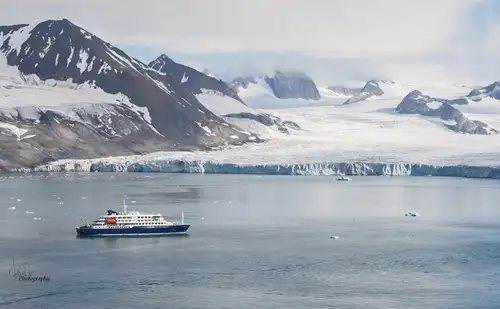
What’s so Special about East Spitsbergen?

The bowhead whale, whaling about the Arctic
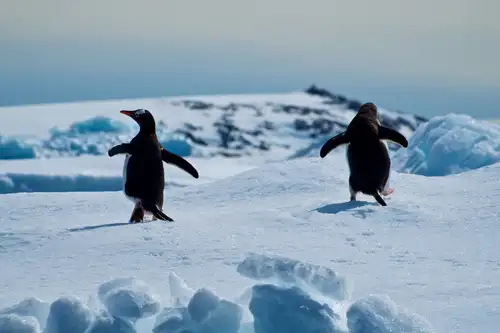
Eight Ultimate Antarctica Adventures

Experience King Penguins, Seals and More in South Georgia
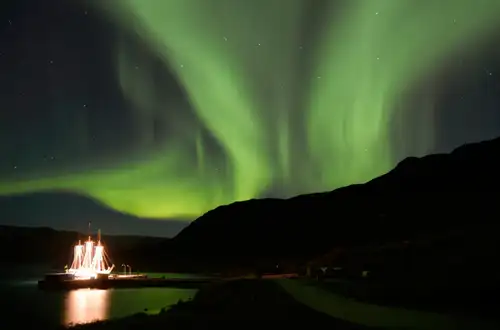
The Northern Lights dancing across the skies
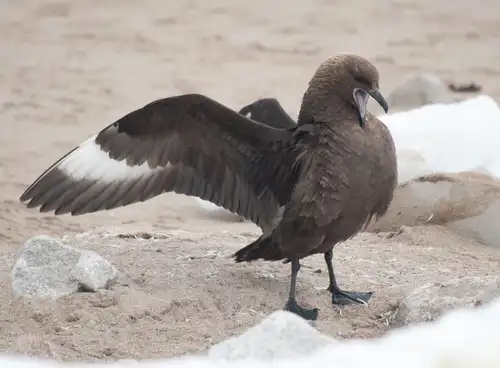
Fierce and Feathered: the Skuas of Antarctica
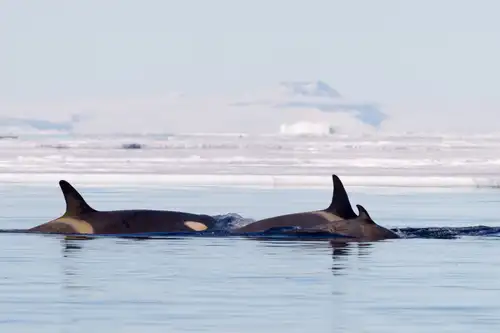
Antarctica’s first Marine Protected Area
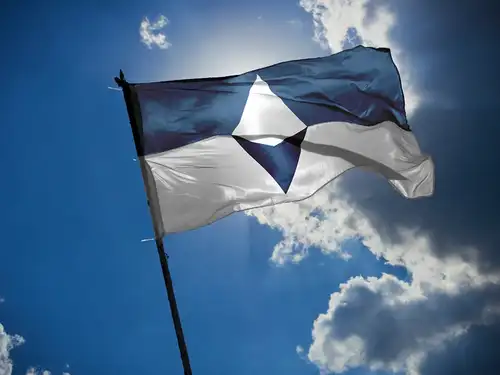
True South: A New Flag for a Global Antarctica
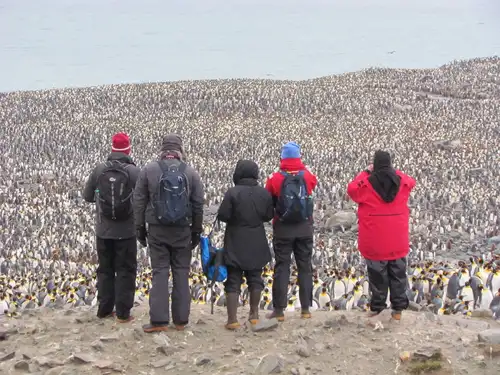
Scenes from St. Andrews Bay: 12 Pics of Penguins, Seals, and More

Antarctica’s Hourglass Dolphin
